Belt and Road Initiative
The Central Asian gas pipeline
— A visual explainer —
US$7.3 BILLION PIPELINE Four lines are needed to feed China’s growing appetite
The Central Asia–China Gas Pipeline is a natural gas pipeline system developed as an extension of an earlier pipeline begun by the Soviets when a huge natural gas deposit was discovered in Turkmenistan’s Dzharkak field in the Amu Darya Basin. The original pipelines were laid between 1960 and 1988 connecting Turkmenistan to Russia via Uzbekistan and Kazakhstan.
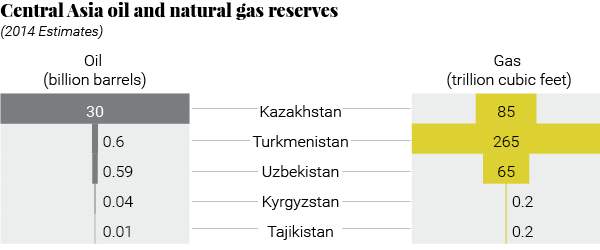
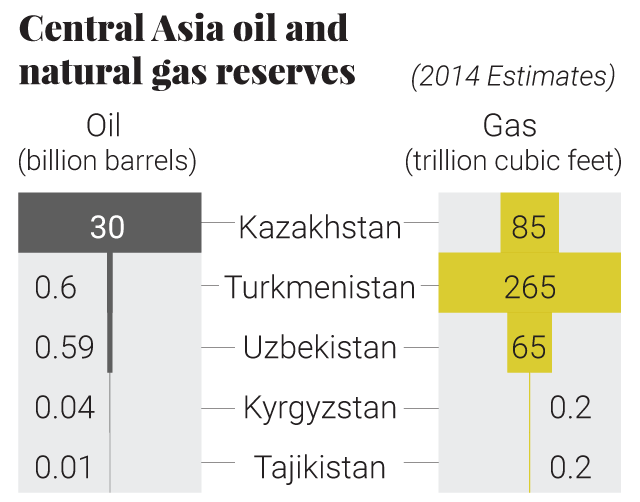
China and Turkmenistan agreed on a framework to provide China with a long-term supply of gas in 2006, after several rounds of negotiations and feasibility studies
The first of these pipelines was completed in 2009 the second followed a year later. The third pipeline became operational in 2014, after taking two years to build.
This picture is testimony to the vast reserves of natural gas in Turkmenistan. The flames of “The Gateway to Hell” have been dancing since the Soviets tried to burn off a potential poisonous gas emission in 1971. Today, 46 years later, the flames still burn bright. Photo: AFP
Construction of a fourth pipeline, Line D, is currently underway. It will connecting Beyneu on the eastern coast of the Caspian Sea to the central facility of Shymkent. From Shymkent the gas will be directed to Turpan in Xinjiang, China. Line D will provide China with an additional 15 billion cubic metres on top of the 55 billion it already imports from Turkmenistan.
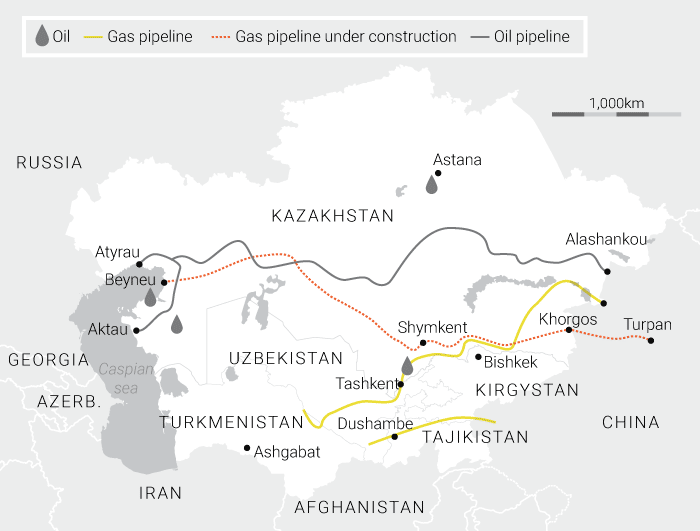
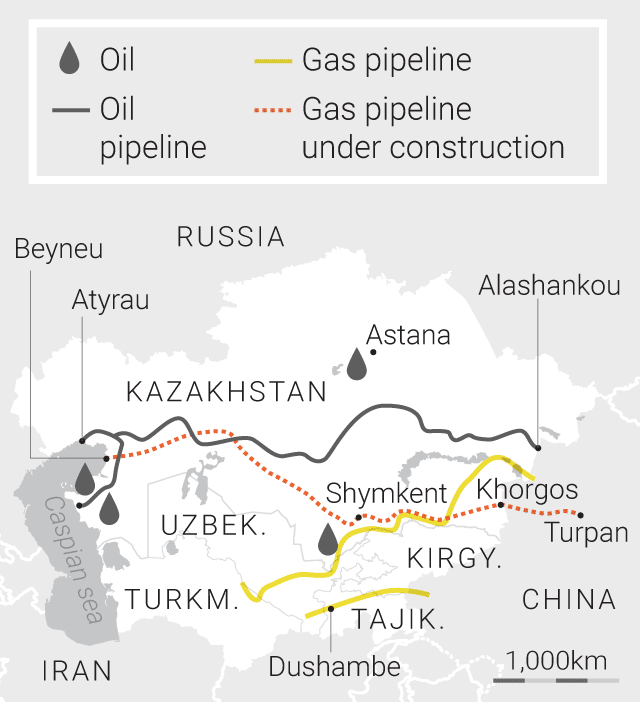 Source: "A history of track gauge", George W. Hilton. SCMP Graphic
Source: "A history of track gauge", George W. Hilton. SCMP Graphic
According to China National Petroleum Corporation, the inflow of Turkmen gas helps China meet its energy demands and stabilise the country’s overall consumption structure. It is hoped the pipeline will boost the natural gas proportion of China’s energy consumption by 2 percent and help reduce pollution.

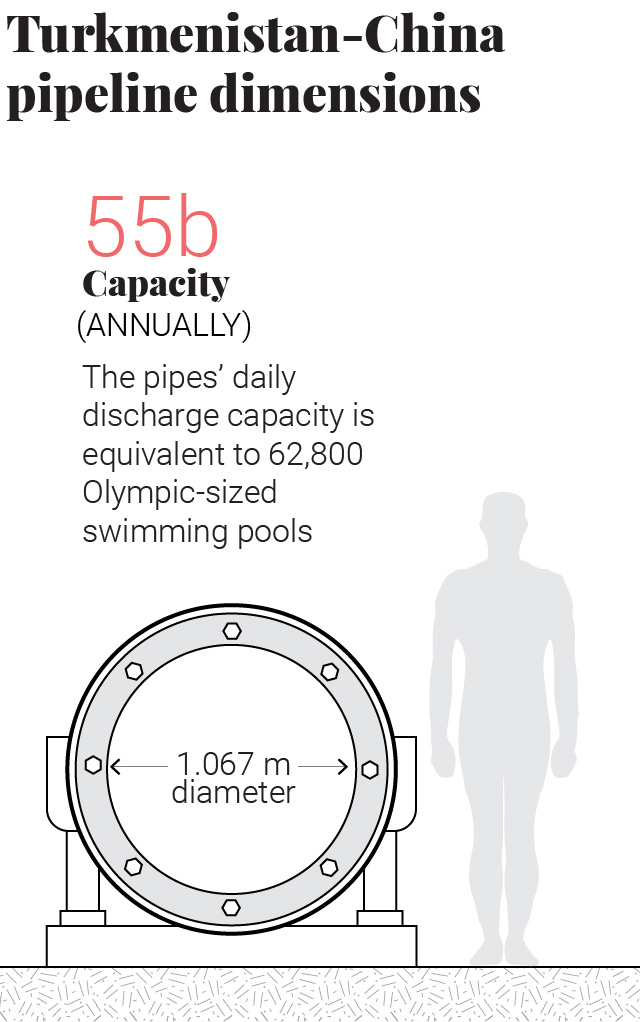 SCMP Graphic
SCMP Graphic
The Chinese commitment has given Turkmenistan’s energy sector a much-needed boost, not just through increased production but by also bringing Turkmenistan’s vast natural resources to market via the Central Asia-China Gas Pipeline.
One Belt projects
CHOOSE A CHAPTER
Main index
Railway to London
Gwadar Port
Railway to Iran
Asian gas pipeline
Khorgos Gateway